PHC Matters
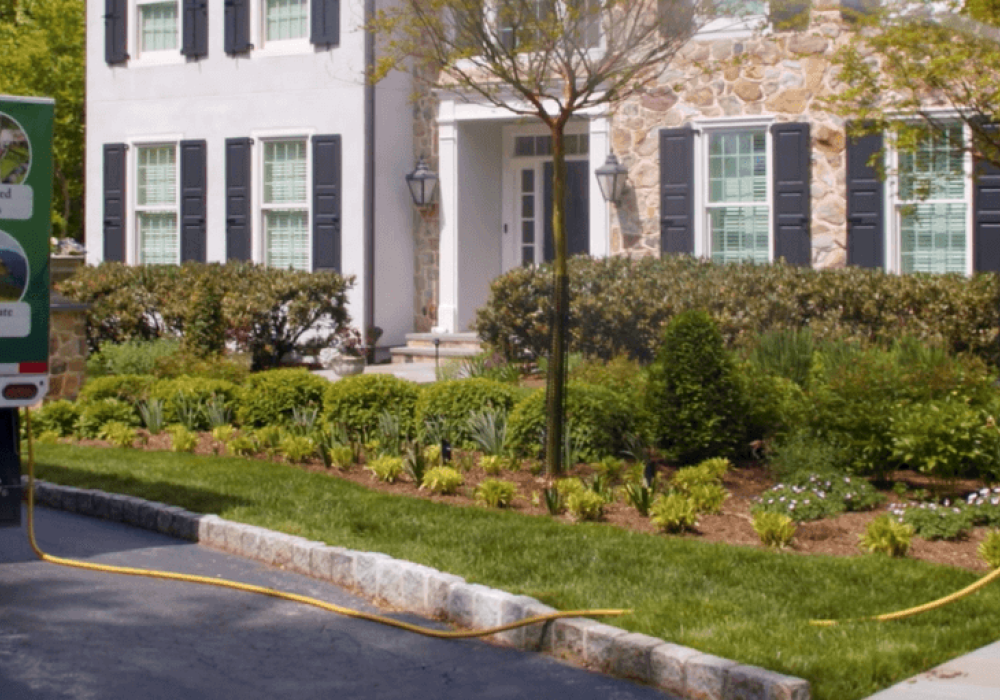
Burkholder Plant Health Care Year in Review
POSTED ON: BY: Burkholder PHC
As existing clients of Burkholder Plant Health Care, we know that you are invested in your landscape…both financially and emotionally. Motivation for this investment may be strictly practical (contribution to property value), aesthetic (appreciation of the beauty of plants), ecological (contribution to the biome), or competitive (well…neighbors). More likely, motivation to en…
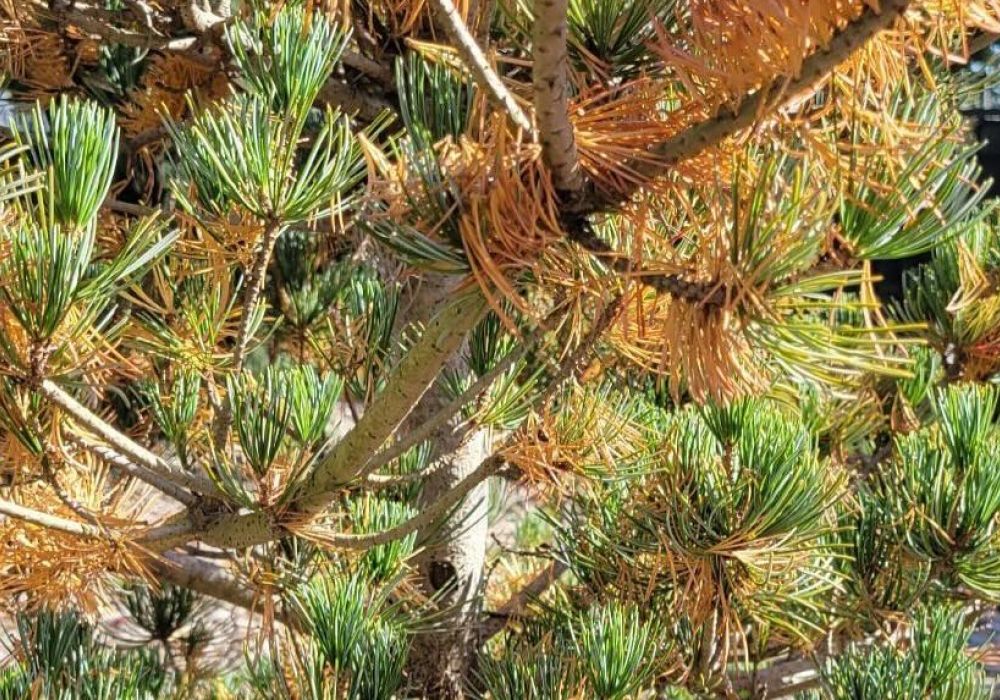
Symptoms and Causes of Evergreen Tree Diseases
POSTED ON: BY: Burkholder PHC
Evergreen trees are at the forefront of this holiday season, and we do get a lot of questions about browning in conifers at this time of the year, especially pines, cypresses, junipers, and cedars. Most of the time, this is caused by seasonal needle drop, which is not damaging at all, but can be alarming. If you have concerns about the late-season condition of your ever…
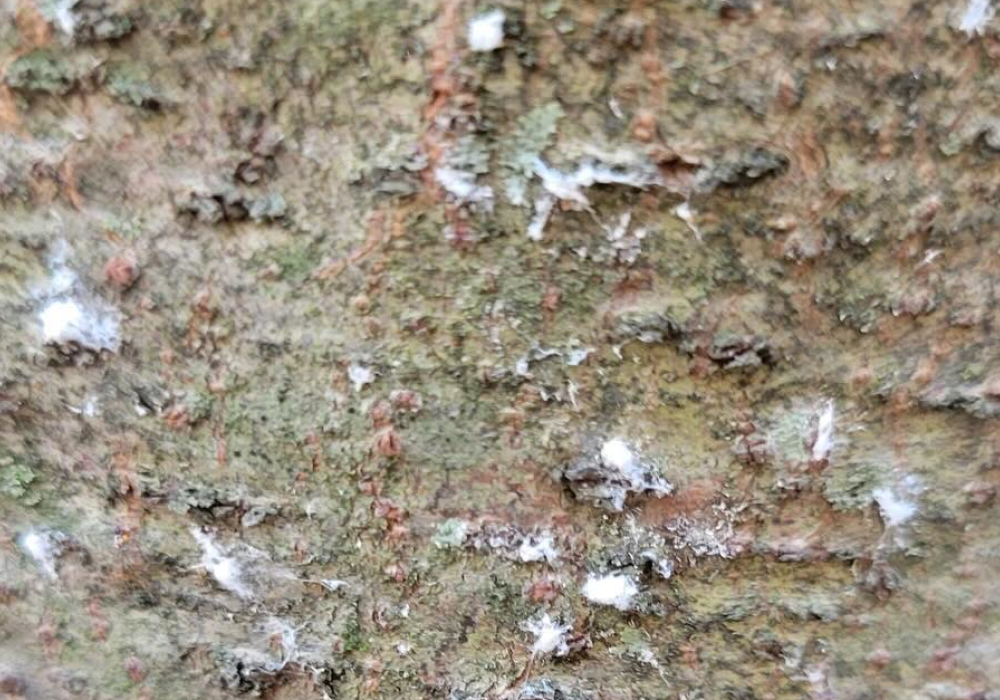
Pine Bark Adelgid
POSTED ON: BY: Burkholder PHC
Some Main Line residents may notice that their white pines look stressed or that they seem to be yellowing during winter. These can be signs of an infestation of a tiny bug called pine bark adelgid. The pine bark adelgid, or Pineus strobi, is an aphid-like insect threatening white pine trees in North America. These insects can form massive colonies on the undersides of…
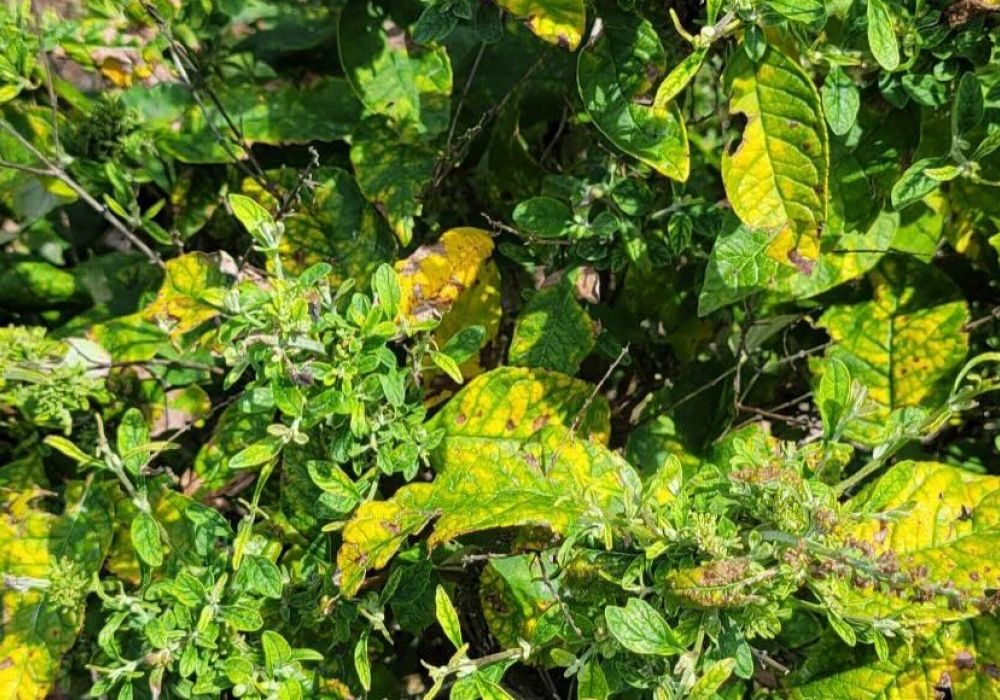
Aster Yellows in Main Line PA
POSTED ON: BY: Burkholder PHC
Aster yellows is a disease that affects a broad range of plant species. This year is the first time we have seen this disease in ornamental plants in the Main Line area of Pennsylvania, and we have recently begun treatment on butterfly bushes and twig dogwoods in a local landscape. As plant health care experts, we know this disease is a threat to local landscape plants…
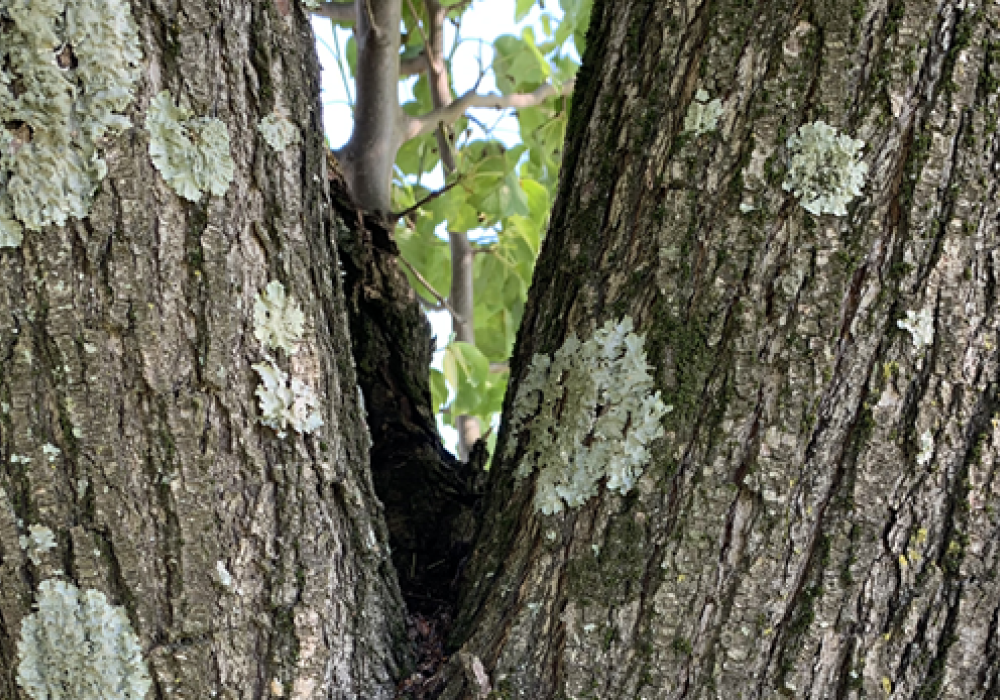
Understanding and Management of Co-Dominant Branches in Trees
POSTED ON: BY: Burkholder PHC
Trees are remarkable living structures, adding beauty and vitality to our landscapes. However, like any living organism, they can develop conditions that may compromise their health and stability. One such condition is the presence of co-dominant branches, also known as co-dominant stems or co-dominant unions. This month we will discuss what co-dominant branches are, th…
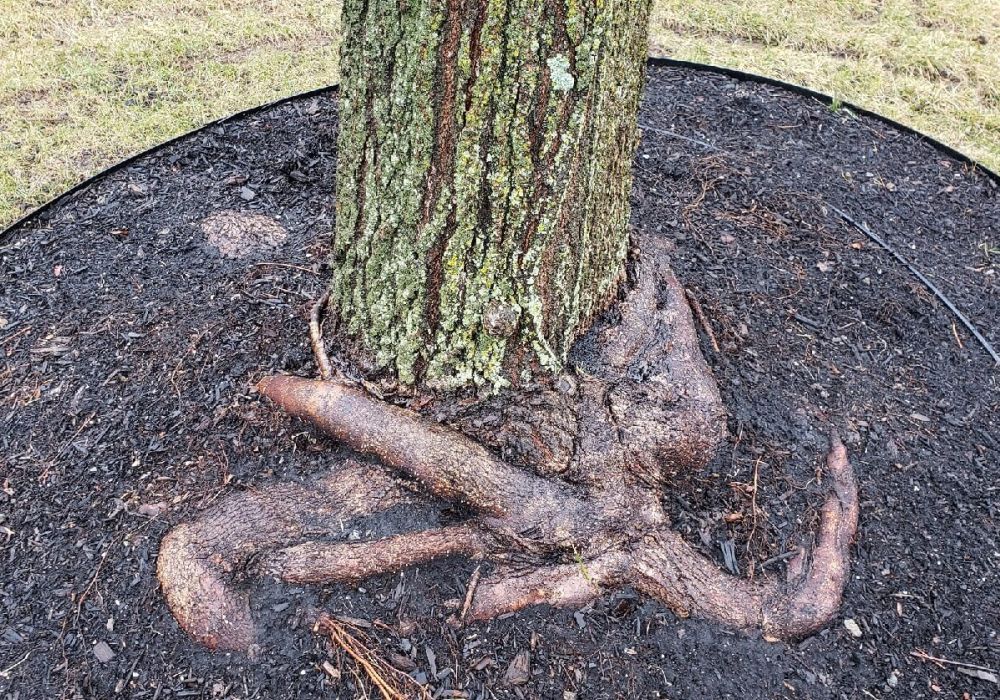
What Are Girdling Roots?
POSTED ON: BY: Burkholder PHC
The roots of a tree are vital to the health and appearance of that tree. Roots provide nutrients, water, stability, and more to keep trees alive and healthy, and any issues that negatively affect roots, in turn, affect trees. Girdling roots is one of the most common issues that trees in urban environments run into and can be a serious problem if left untreated. Below we…
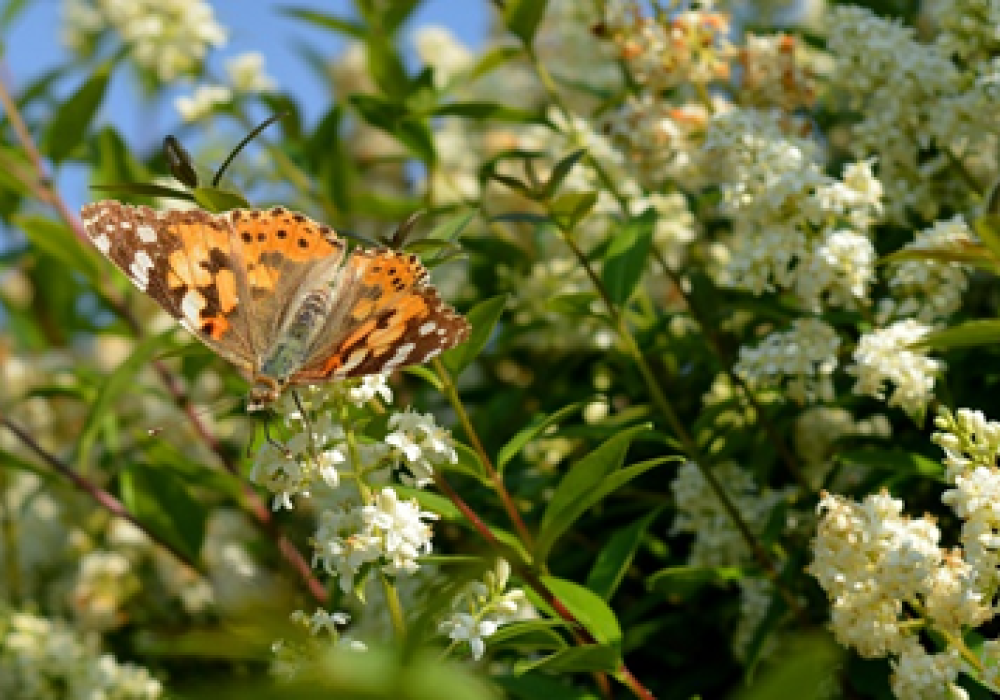
4 Varieties of Privet Invasive Species
POSTED ON: BY: Burkholder PHC
Privet is a shrub brought to North America by European settlers around the mid-1800s, who planted them as ornamental plants. While many subspecies of privets exist, the 4 main ones found in Pennsylvania are Chinese privet, European privet, Japanese privet, and border privet. Over time, plant health care experts have identified these as privet invasive species. The damag…
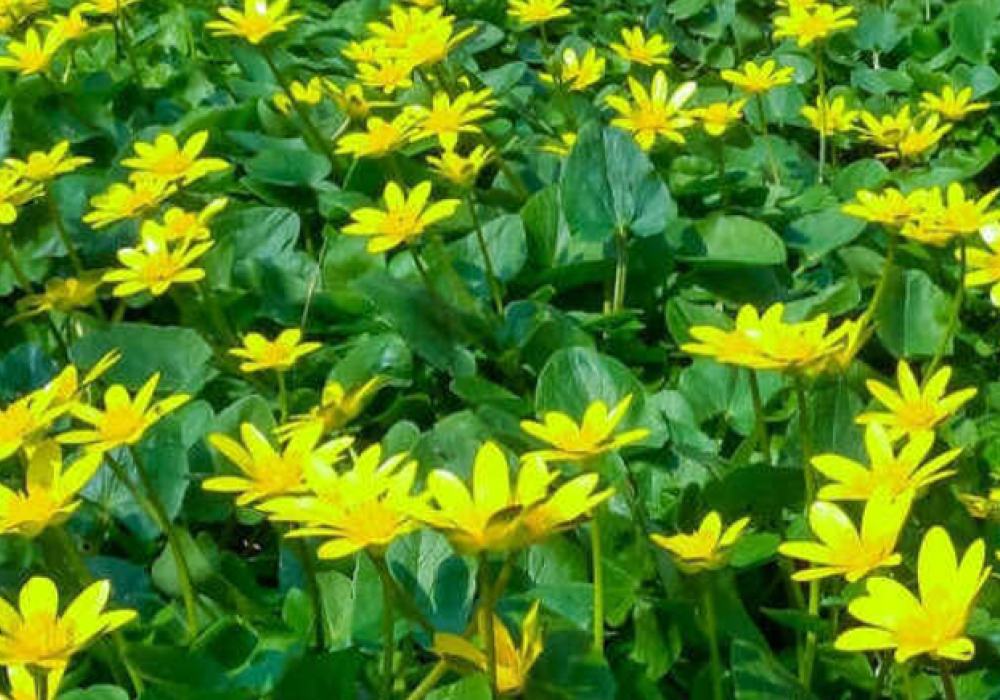
5 Top Damaging Weeds in Main Line Landscapes
POSTED ON: BY: Burkholder PHC
Spring is here, and weeds are sure to follow, posing a significant challenge to the health and aesthetics of Main Line landscapes. Weeds in Main Line landscapes can damage plants and reduce aesthetic appeal. These weed species easily outcompete landscape plants for water, light, and soil nutrients, especially young ones that are newly transplanted. In addition, many wee…
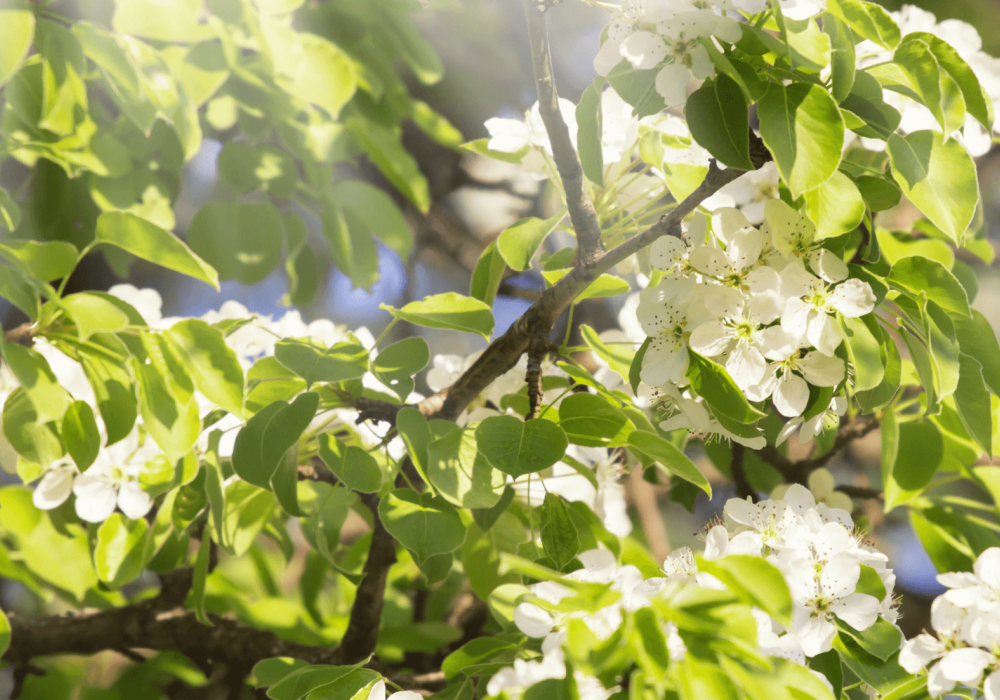
Callery Pear Tree Invasive Species
POSTED ON: BY: Burkholder PHC
Callery pear trees (Pyrus calleryana), native to China and Vietnam, have been popular ornamental trees for almost 200 years. These trees were introduced to the United States in the 1800s and are often planted along streets and sidewalks because of their attractive form and coloration. This species is also known for its disease resistance (particularly fire blight resist…

